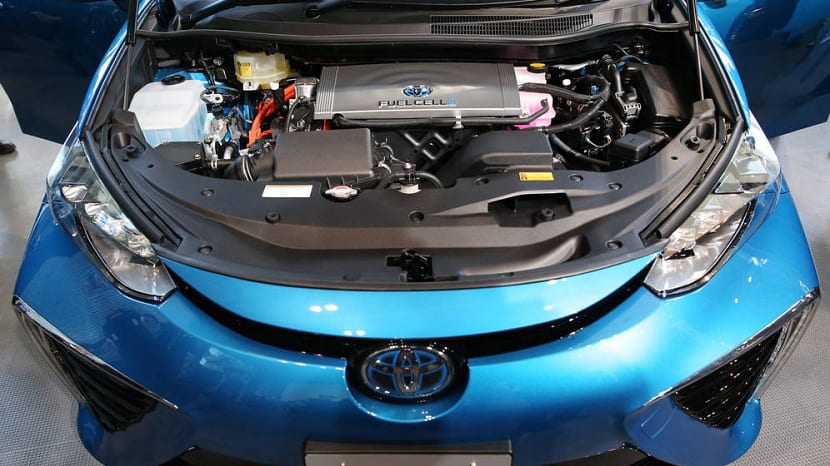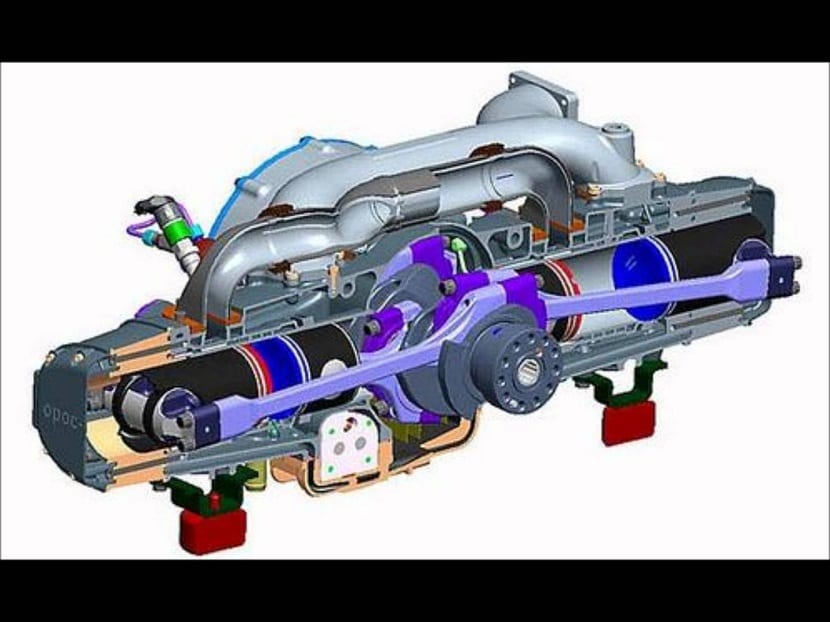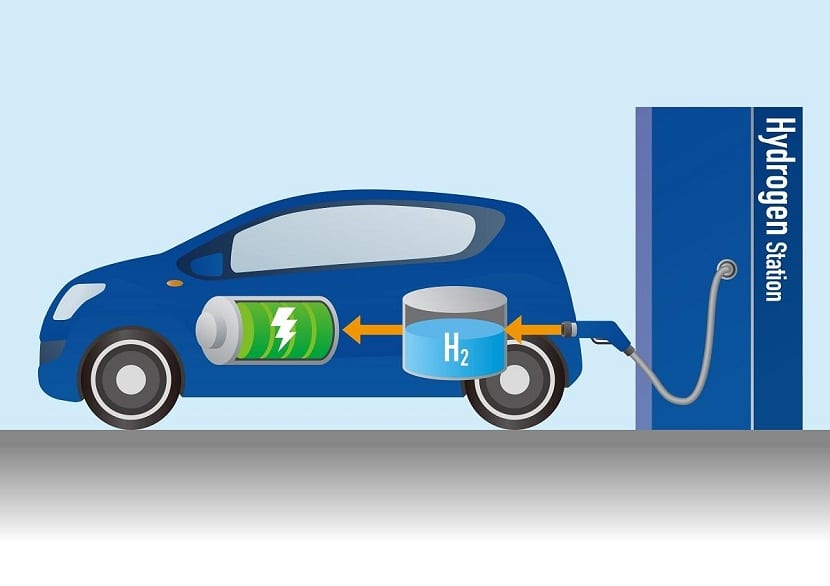
In the world of engines and renewable energies, efforts are being made to optimize those that do not pollute the atmosphere and do not depend on fossil fuels. Diesel and gasoline combustion engines have their days numbered. Electric vehicles are giving much to talk about given their accelerated evolution and their increase in fleet in recent years. But hydrogen engines are also becoming a trend given their capabilities and performance.
Do you want to know everything related to hydrogen engines?
Operation of a hydrogen engine

To think that there are engines whose fuel is hydrogen is to think of a clean future without polluting emissions into the atmosphere. And it is that hydrogen gas is in high concentration in the atmosphere and can be used as fuel.
Compared to the motors of electric vehicles, their operation is similar. Both motors work with electricity to move the vehicle. However, how they get the energy for it is the main difference.
Hydrogen cars are powered by a combination of the two types of engines: internal combustion and electric. The engine works with a battery that is fed by a reaction of cells that store hydrogen fuel.
The cells, as in the rest of batteries, have a positive and a negative pole called anode and cathode. These are separated by a central membrane through which the hydrogen ions and electrons pass and generate an electric current. This current is stored in the battery and is available when the car begins to move.
The energy from the battery combines with the oxygen in the medium to produce water vapor. Emissions from the tailpipe of hydrogen vehicles is water vapor. We remember that, although water vapor is a natural greenhouse gas, its life cycle in the atmosphere is only a few days. Clouds have their own natural greenhouse effect that keeps the earth at a stable temperature and makes the planet habitable, so an increase in water vapor emissions would not lead to an increase in global warming.
Hydrogen engine problems
The hydrogen engine is not as perfect as people imagine it to be. As they are not yet widely expanded globally, hydrogen fuel cell recharging points are very few. This makes the autonomy of hydrogen vehicles very difficult. and delays its spread in the markets. Who is going to want a car whose recharging is expensive to find and can "leave you stranded" in the middle of a journey? Furthermore, the way in which hydrogen is produced for storage in batteries is costly and polluting. Therefore, although during its use in the circulation of the vehicle it does not pollute, during its production it does.
Regarding the autonomy of the hydrogen engine, it is similar to that of a gasoline combustion engine. It can have a range of up to 596 kilometers. Acceleration and power are usually not as great as that of a traditional combustion engine.
How do you refuel a car with hydrogen?

Although hydrogen engines are not yet widespread, it is considered the fuel of the future. Recharging hydrogen engines is completely easy and fast. In just five minutes it is able to fully recharge and have the autonomy of 596 kilometers again.
The way it should be refueled is very similar to the traditional one. A hose is used that is sealed to the tank and through it the gas is injected into the engine battery. When the battery is full, recharging is complete. This process takes about five minutes only, which is why hydrogen stations are increasingly being spread internationally.
The safety of hydrogen
Before putting a hydrogen vehicle on the market, exhaustive tests are carried out to guarantee the total safety of these hydrogen engines. To begin with, you have to check the reaction of this type of vehicle to any accident. It must be known if the hydrogen tank can explode, it can harm passengers, what type of reaction and durability it has, etc.
Although hydrogen is one of the most common elements in the universe, the lightest and most non-polluting, it must be handled correctly. To minimize the risks of hydrogen engines against traffic accidents, a safety system has been integrated that stops the flow of hydrogen in crash situations, both frontal, lateral and rear, which confirm a greater safety of this type engine versus traditional combustion.
Myths and truths of hydrogen engines

There are numerous myths about hydrogen engines given their general ignorance in the population that we are going to disprove below.
The hydrogen engine, contrary to popular belief, does not work only with hydrogen, unless the engine has many modifications. These engines require great electrical power to operate and it is not only hydrogen.
Hydrogen engines need continuous monitoring and maintenance to ensure a good level of electrolytes. Contrary to what is believed when you buy a hydrogen vehicle and you think that you can forget to take care of it.
Although the price has become somewhat cheaper, It is the main problem why these vehicles have not taken off in the markets. Given its high cost of production in hydrogen, its price is quite high.
One of the reasons why autonomy is not higher is due to the high energy cost which requires the initial separation of hydrogen and oxygen. To solve this problem, there are still many aspects to study and take into account.
As you can see, hydrogen engines are still in full development, although if many people consider it as the engine of the future, it will be for something.